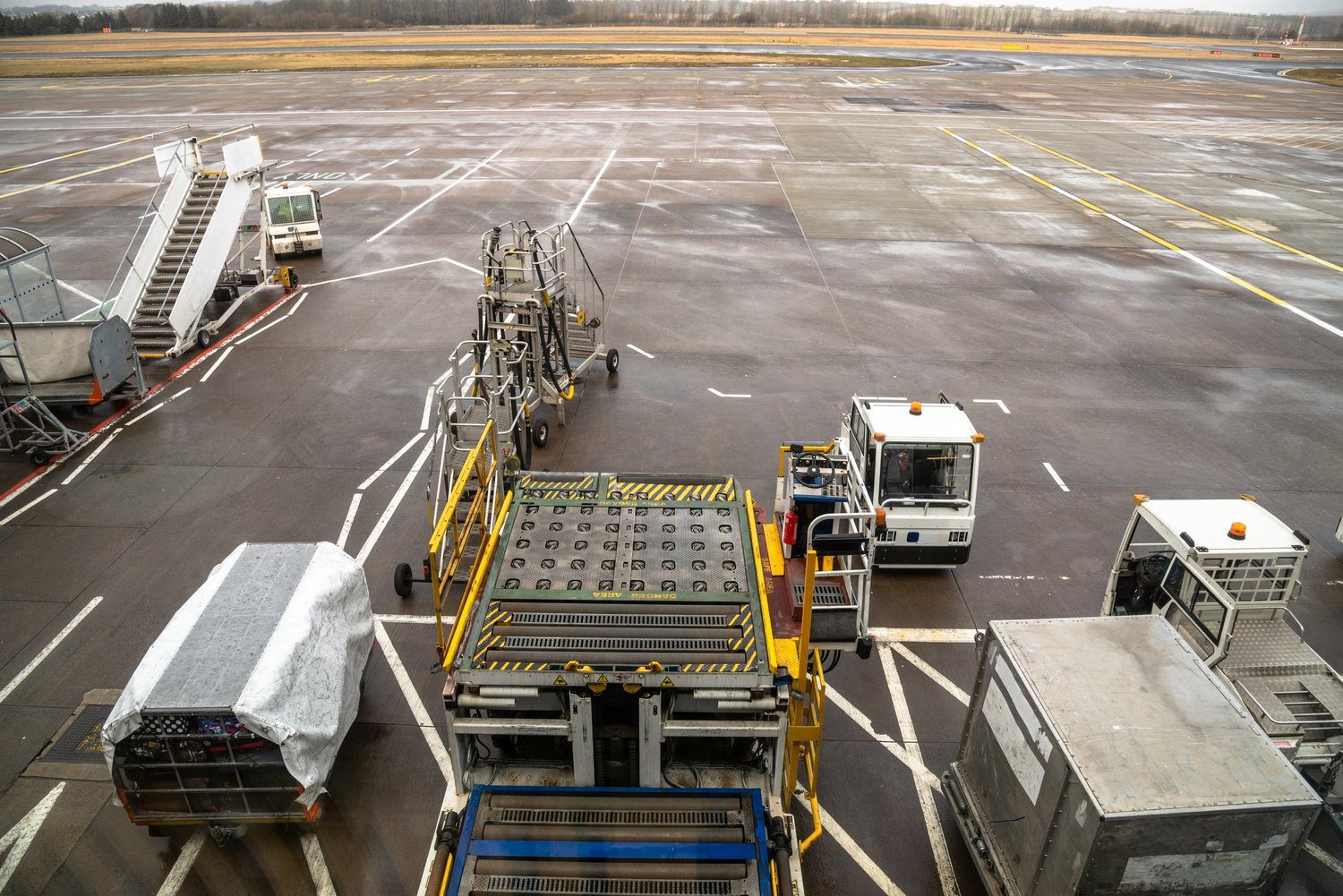
Variations in Load Control Processes
There is no single method for producing weight and balance documentation and data. Each operator may use different methods and communication infrastructures for Load Control, which can vary significantly. Some operators receive their Loadsheet via ACARS (Aircraft Communications Addressing and Reporting System) after doors close or during taxiing. In these cases, robust Load Control processes and regulatory approval are essential, and the aircraft must not take off until the Loadsheet is received.
Load Control in Freight Operations
In freight operations, the loading and weight & balance calculations are often performed by a Loadmaster, a specialised role focused on managing the cargo load.
Training and Reassessment
All personnel involved in the Load Control process must be appropriately trained and periodically reassessed to maintain their competency and ensure the highest standards of safety and efficiency.
Conclusion
Load Control is a foundational process in aviation, critical to ensuring flight safety and operational efficiency. By adhering to rigorous procedures and maintaining accurate documentation, the aviation industry can ensure that each flight operates within safe weight and balance limits, safeguarding passengers, crew, and cargo.



